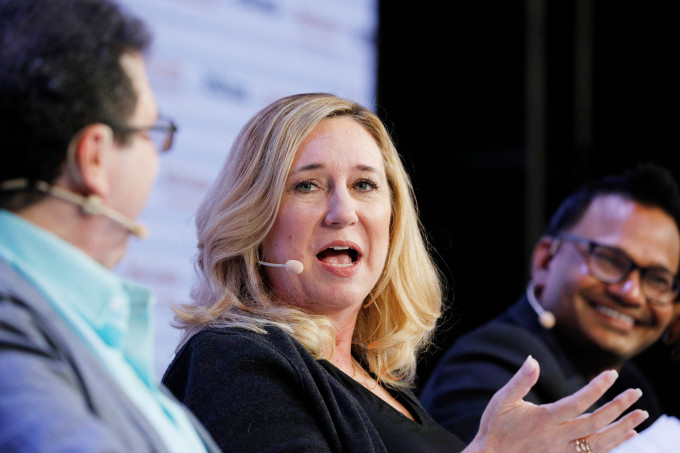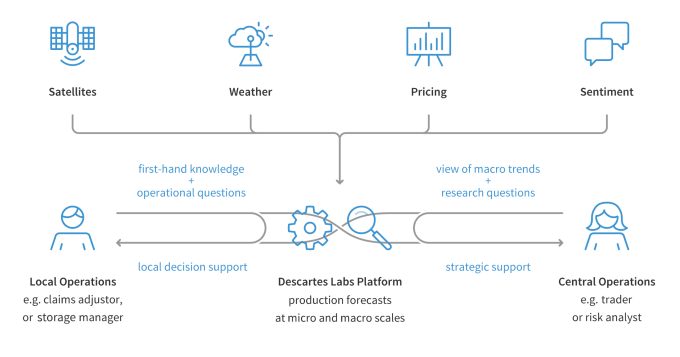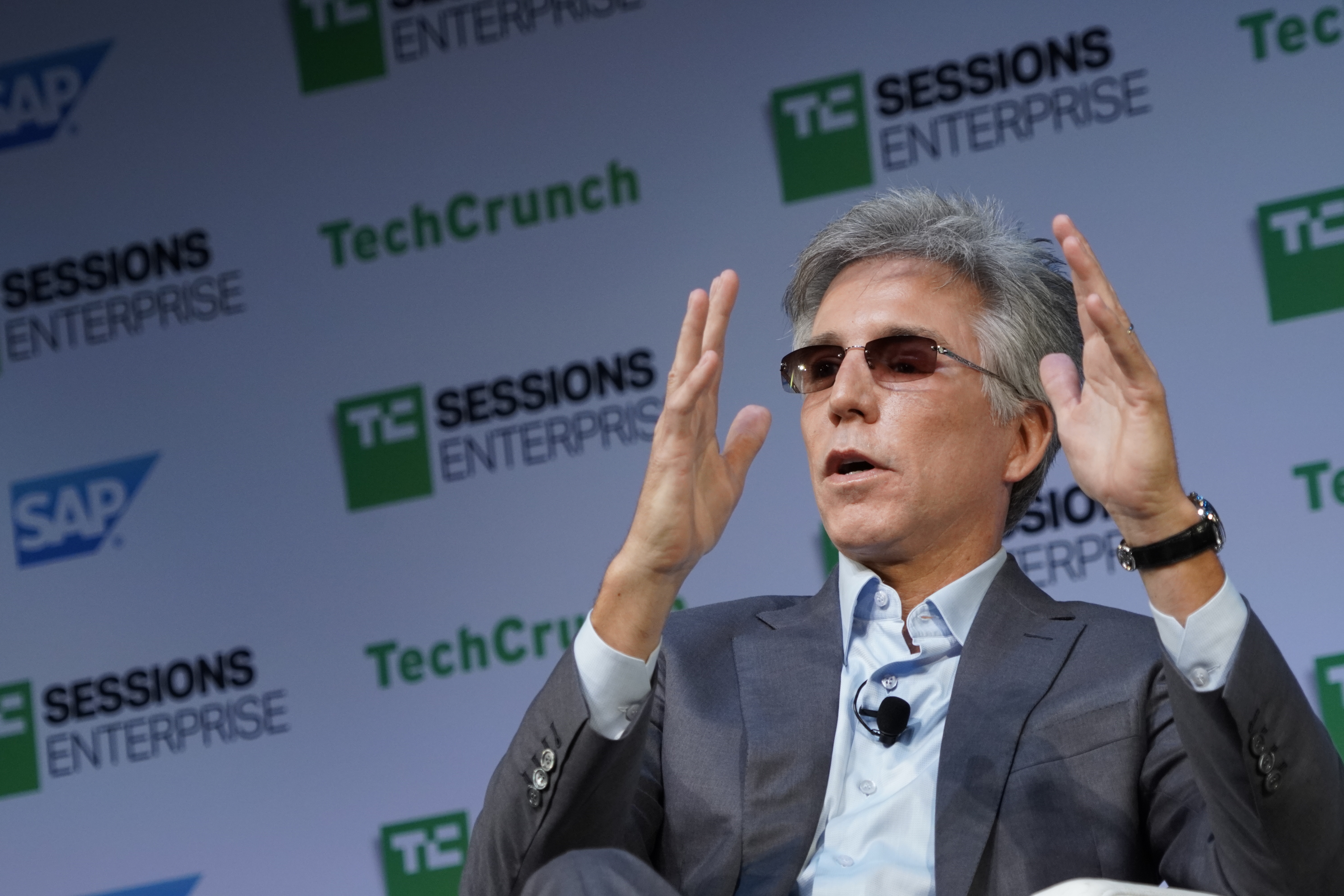SAP’s CEO Bill McDermott today announced that he wouldn’t seek to renew his contract for the next year and would step down immediately after nine years at the helm of the German enterprise giant.
Shortly after the announcement, I talked to McDermott, as well as SAP’s new co-CEOs Jennifer Morgan and Christian Klein. During the call, McDermott stressed that his decision to step down was very much a personal one, and that while he’s not ready to retire just yet, he simply believes that now is the right time for him to pass on the reins of the company.
To say that today’s news came as a surprise is a bit of an understatement, but it seems like it’s something McDermott has been thinking about for a while. But after talking to McDermott, Morgan and Klein, I can’t help but think that the actual decision came rather recently.
I last spoke to McDermott about a month ago, during a fireside chat at our TechCrunch Sessions: Enterprise event. At the time, I didn’t come away with the impression that this was a CEO on his way out (though McDermott reminded me that if he had already made his decision a month ago, he probably wouldn’t have given it away).
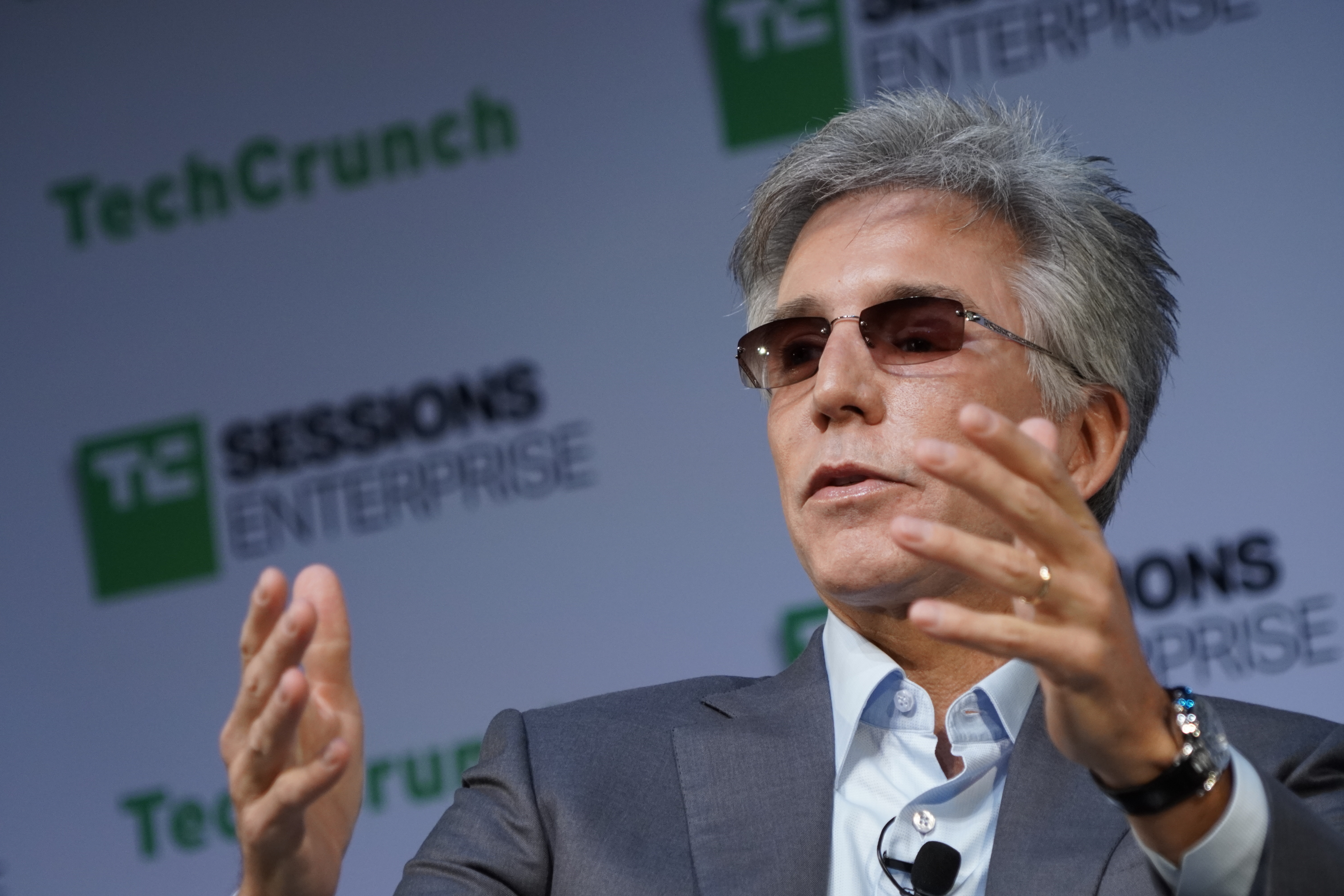
“I’m not afraid to make decisions. That’s one of the things I’m known for,” he told me when I asked him about how the process unfolded. “This one, I did a lot of deep soul searching. I really did think about it very heavily — and I know that it’s the right time and that’s why I’m so happy. When you can make decisions from a position of strength, you’re always happy.”
He also noted that he has been with SAP for 17 years, with almost 10 years as CEO, and that he recently spent some time talking to fellow high-level CEOs.
“The consensus was 10 years is about the right amount of time for a CEO because you’ve accomplished a lot of things if you did the job well, but you certainly didn’t stay too long. And if you did really well, you had a fantastic success plan,” he said.
In “the recent past,” McDermott met with SAP chairman and co-founder Hasso Plattner to explain to him that he wouldn’t renew his contract. According to McDermott, both of them agreed that the company is currently at “maximum strength” and that this would be the best time to put the succession plan into action.

SAP co-CEO Jennifer Morgan
“With the continuity of Jennifer and Christian obviously already serving on the board and doing an unbelievable job, we said let’s control our destiny. I’m not going to renew, and these are the two best people for the job without question. Then they’ll get a chance to go to Capital Markets Day [in November]. Set that next phase of our growth story. Kick off the New Year — and do so with a clean slate and a clean run to the finish line.
“Very rarely do CEOs get the joy of handing over a company at maximum strength. And today is a great day for SAP. It’s a great day for me personally and Hasso Plattner, the chairman and [co-]founder of SAP. And also — and most importantly — a great day for Jennifer Morgan and Christian Klein.”
Don’t expect McDermott to just fade into the background, though, now that he is leaving SAP. If you’ve ever met or seen McDermott speak, you know that he’s unlikely to simply retire. “I’m busy. I’m passionate and I’m just getting warmed up,” he said.
As for the new leadership, Morgan and Klein noted that they hadn’t had a lot of time to think about the strategy going forward. Both previously held executive positions in the company and served on SAP’s board together for the last few years. For now, it seems, they are planning to continue on a similar path as McDermott.
“We’re excited about creating a renewed focus on the engineering DNA of SAP, combining the amazing strength and heritage of SAP — and many of the folks who have built the products that so many customers around the world run today — with a new DNA that’s come in from many of the cloud acquisitions that we’ve made,” Morgan said, noting that both she and Klein spent a lot of time over the last few months bringing their teams together in new ways. “So I think for us, that tapestry of talent and that real sense of urgency and support of our customers and innovation is top of mind for us.”
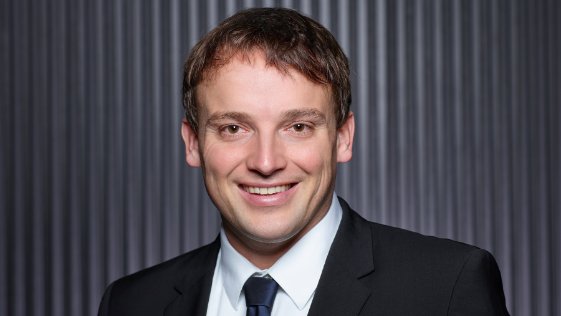
SAP co-CEO Christian Klein
Klein also stressed that he believes SAP’s current strategy is the right one. “We had unbelievable deals again in Q3 where we actually combined our latest innovations — where we combined Qualtrics with SuccessFactors with S/4 [Hana] to drive unbelievable business value for our customers. This is the way to go. The business case is there. I see a huge shift now towards S/4, and the core and business case is there, supporting new business models, driving automation, steering the company in real time. All of these assets are now coming together with our great cloud assets, so for me, the strategy works.”
Having co-CEOs can be a recipe for conflict, but McDermott’s time as CEO also started out as co-CEO, so the company does have some experience there. Morgan and Klein noted that they worked together on the SAP board before and know each other quite well.
What’s next for the new CEOs? “There has to be a huge focus on Q4,” Klein said. “And then, of course, we will continue like we did in the past. I’ve known Jen now for quite a while — there was a lot of trust there in the past and I’m really now excited to really move forward together with her and driving huge business outcomes for our customers. And let’s not forget our employees. Our employee morale is at an all-time high. And we know how important that is to our employees. We definitely want that to continue.”
It’s hard to imagine SAP with McDermott, but we’ve clearly not seen the last of him yet. I wouldn’t be surprised if we saw him pop up as the CEO of another company soon.
Below is my interview with McDermott from TechCrunch Sessions: Enterprise.

![]()

